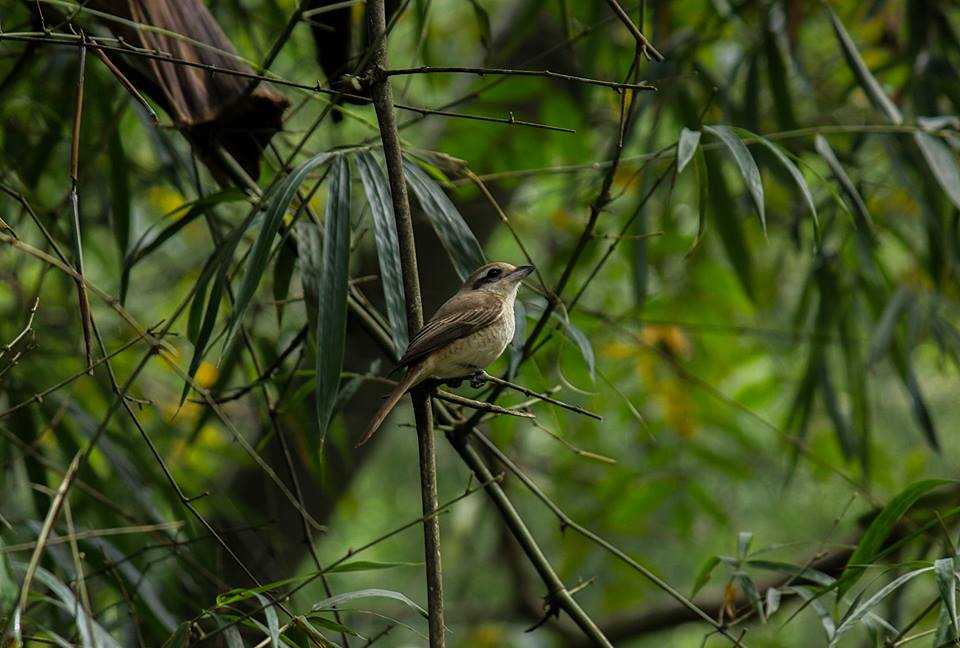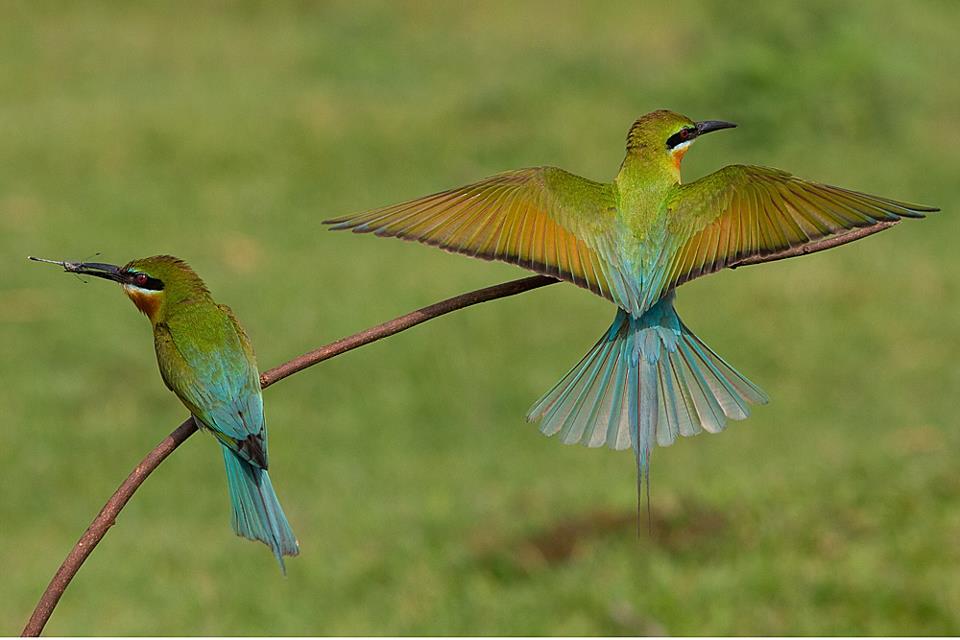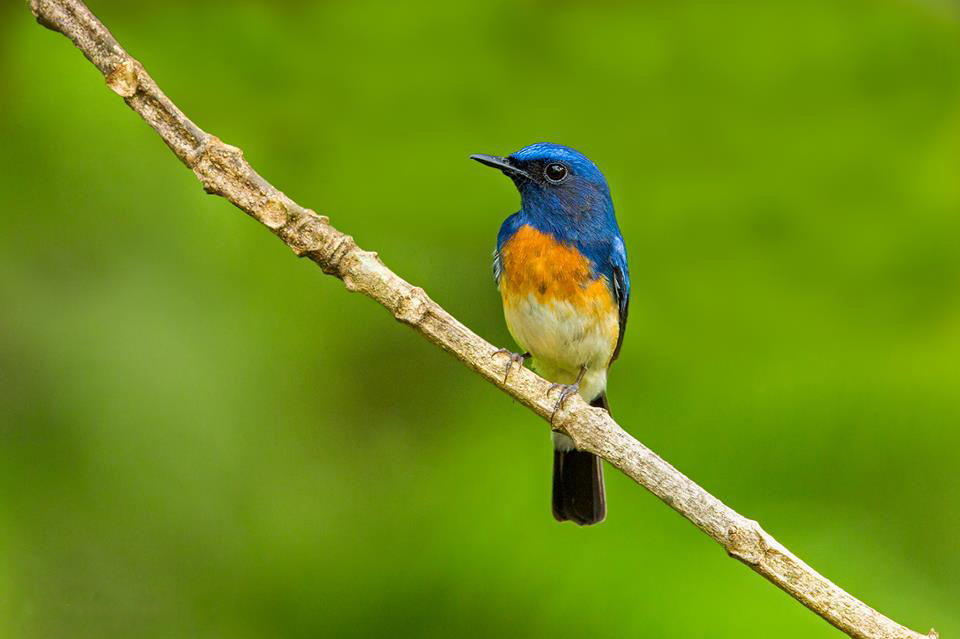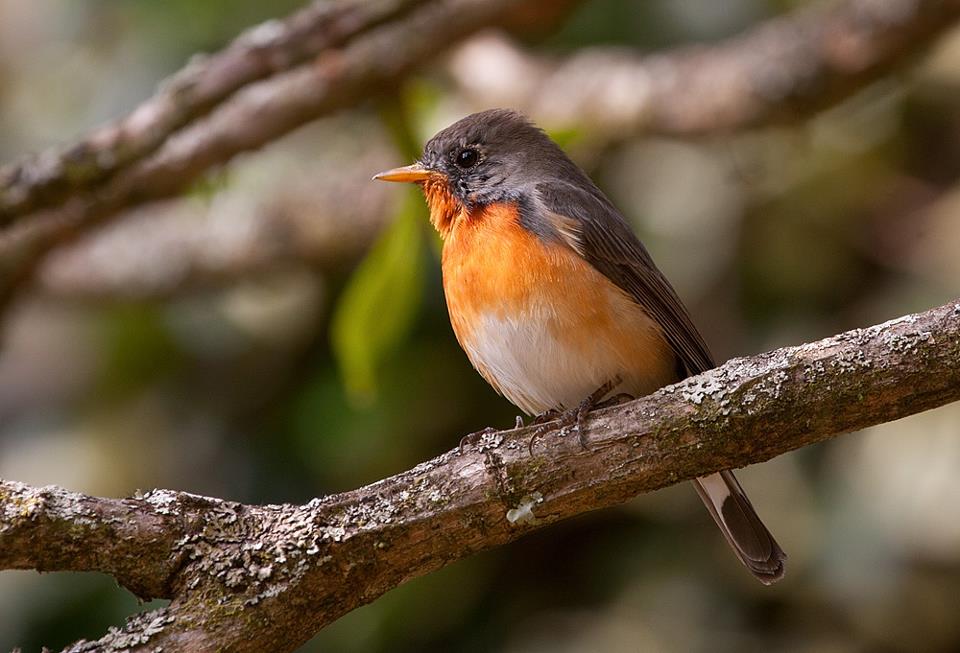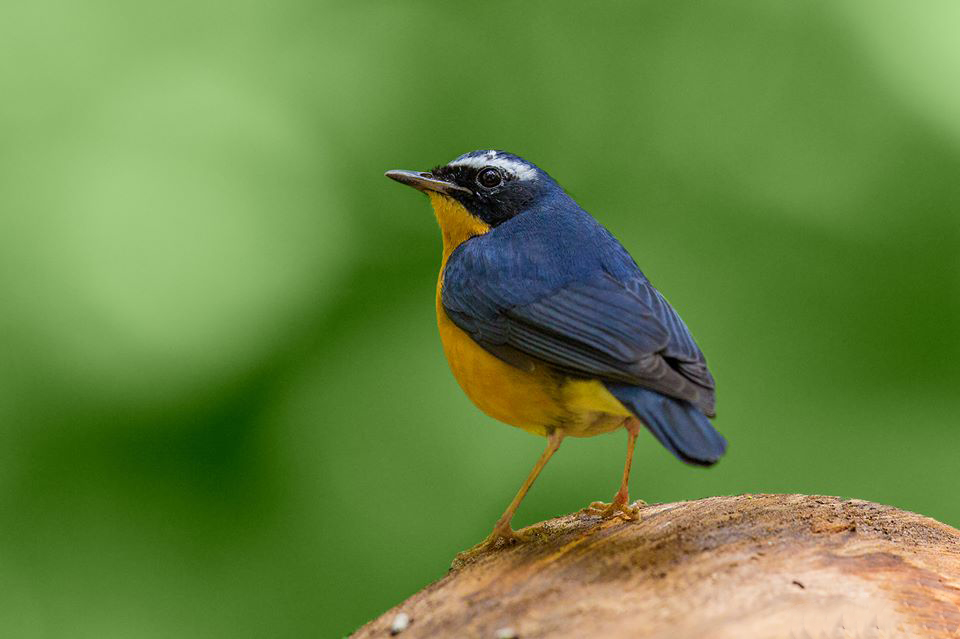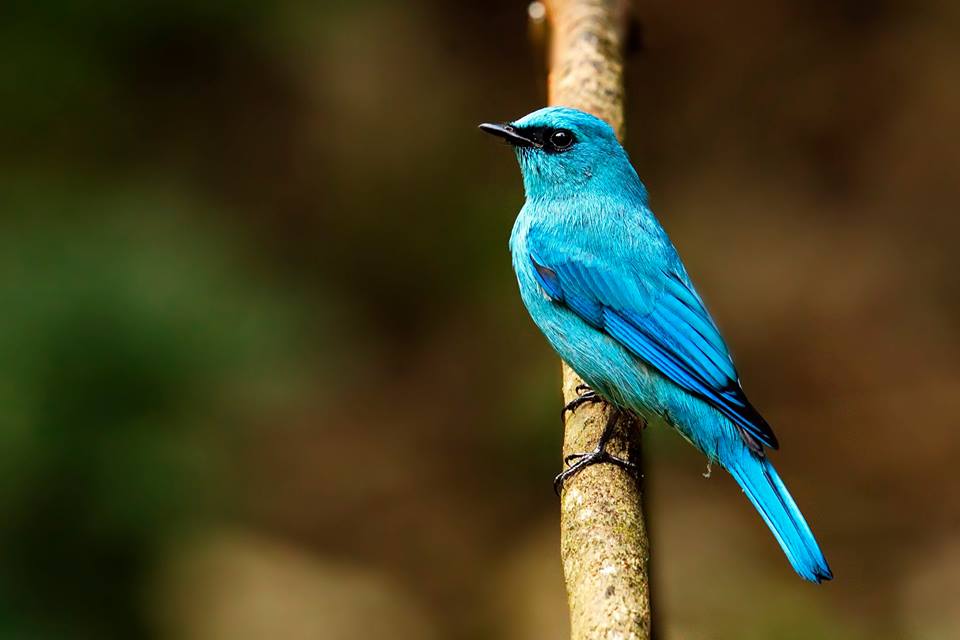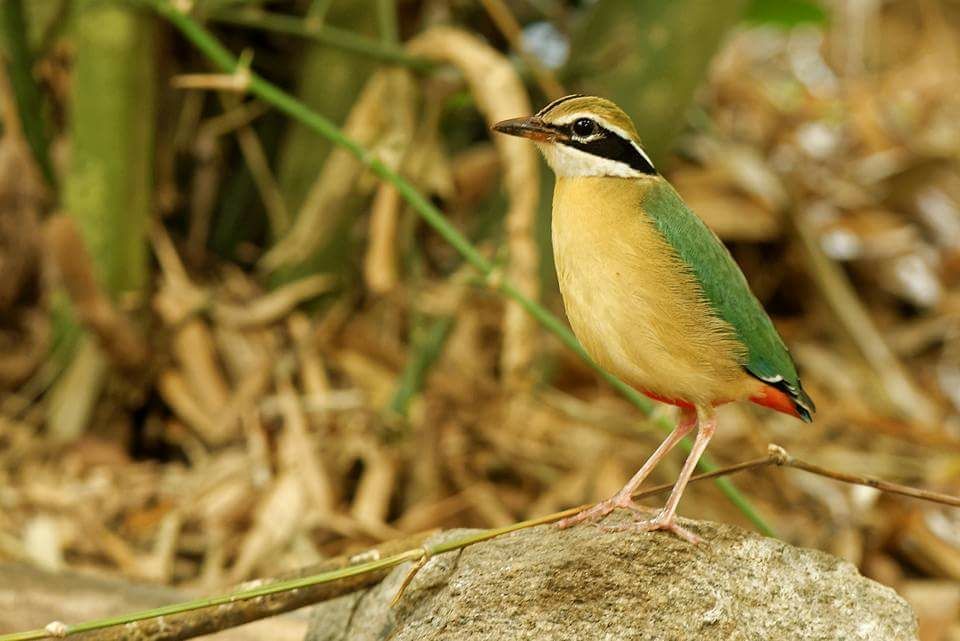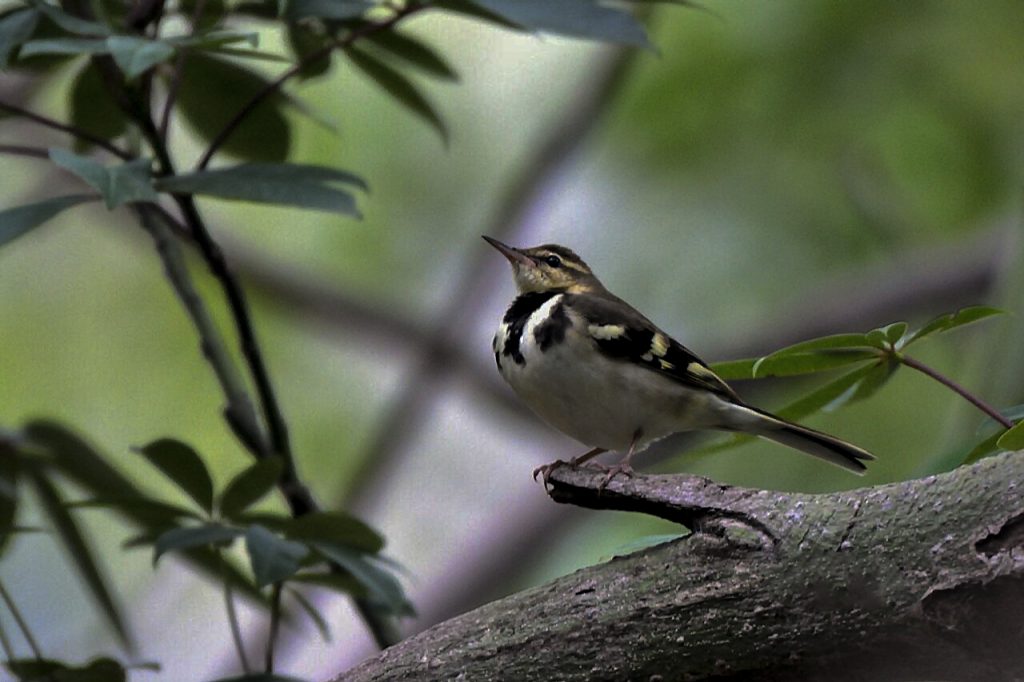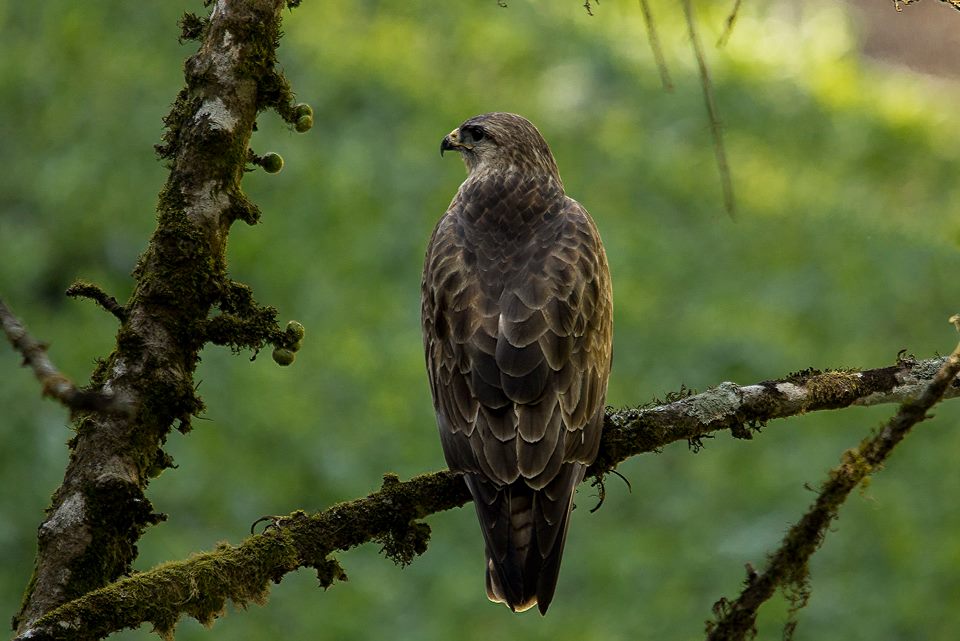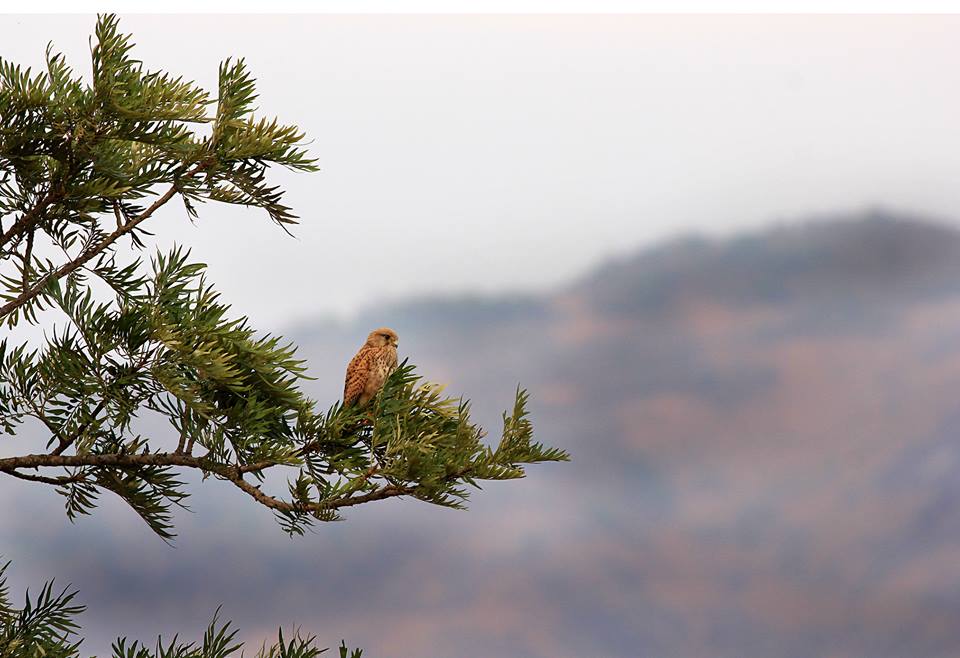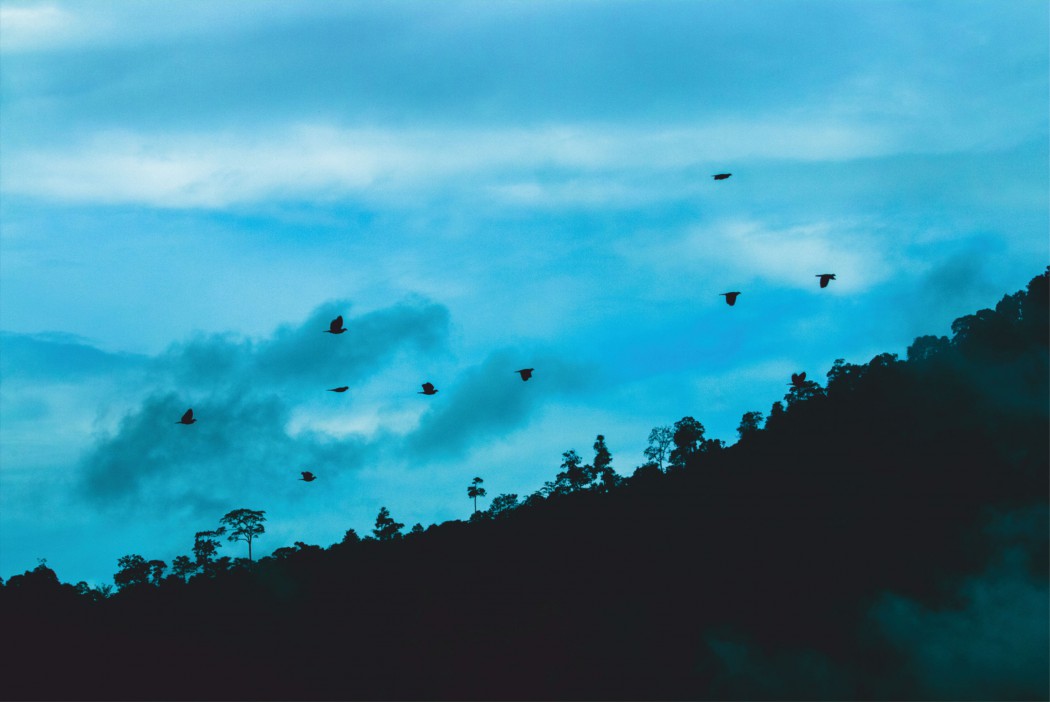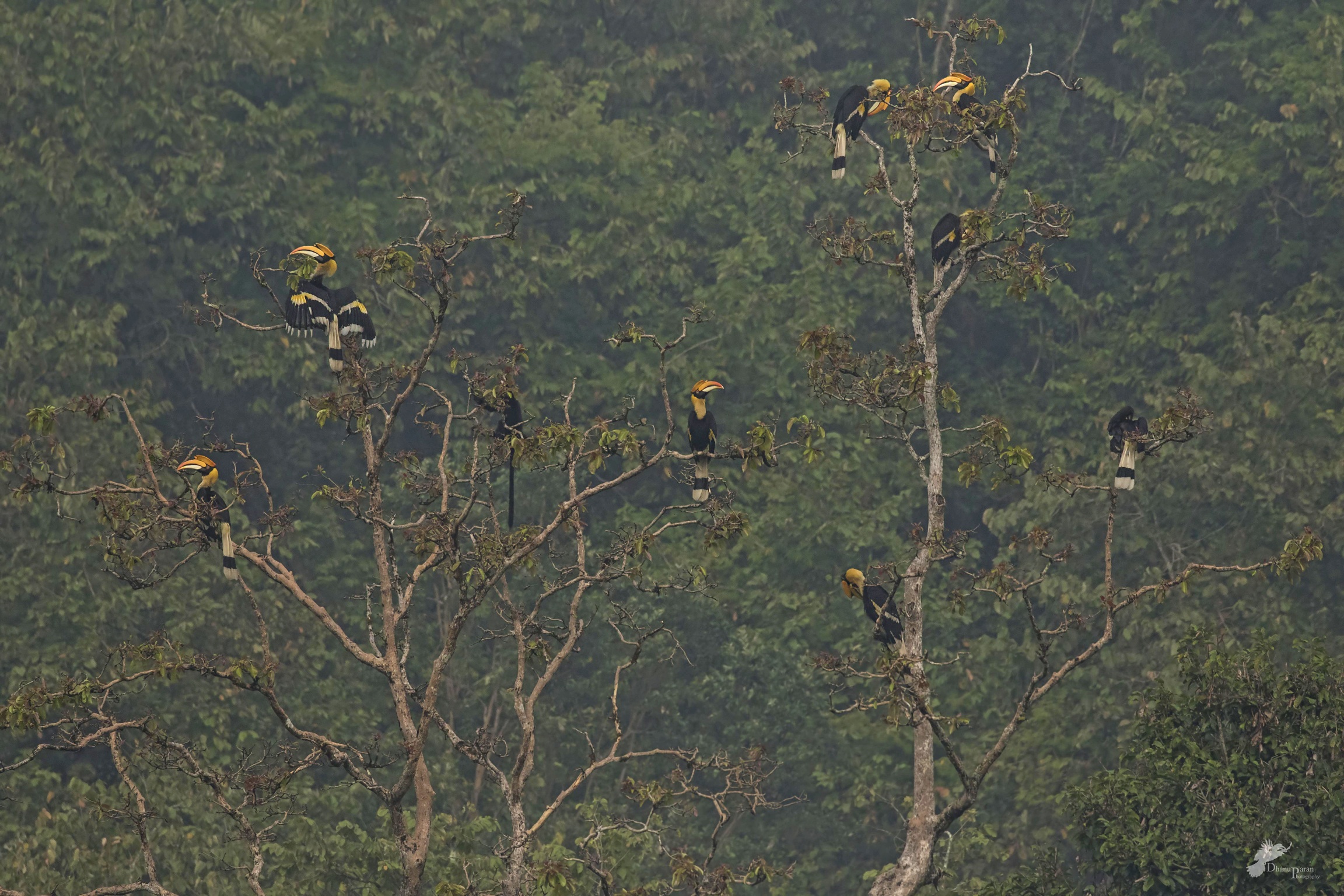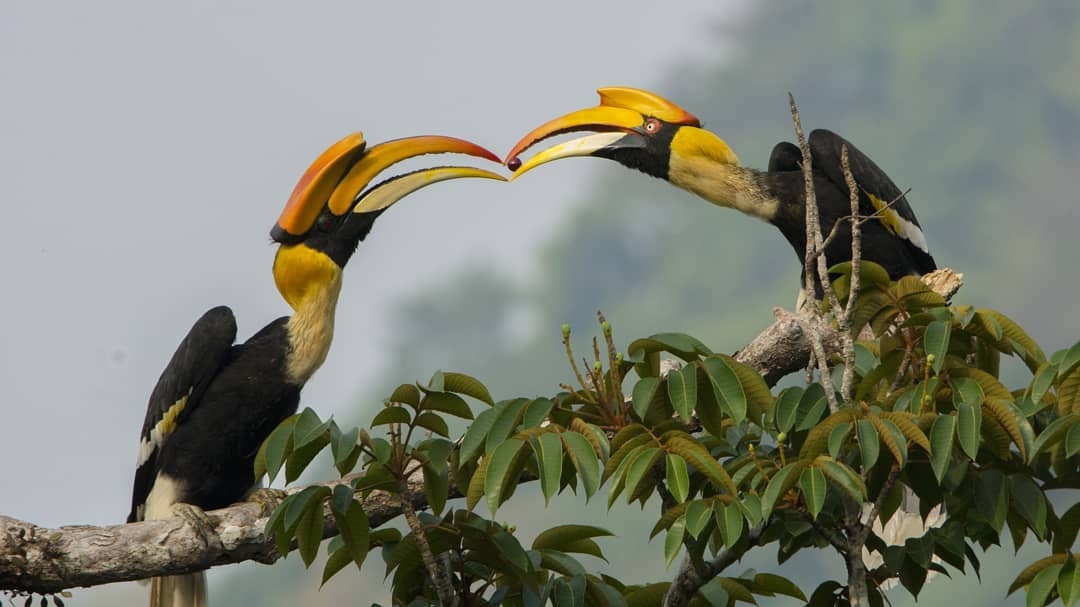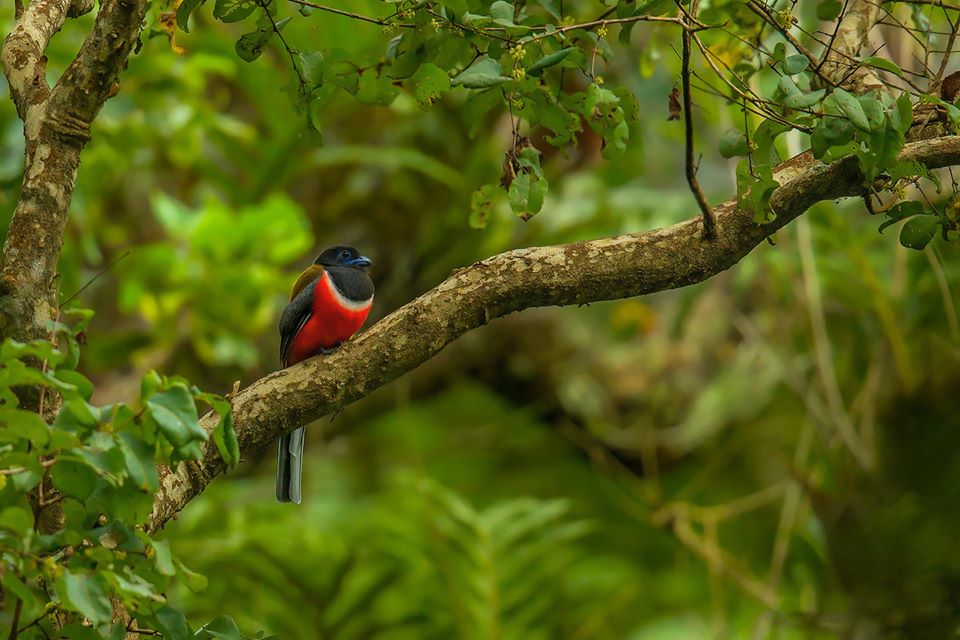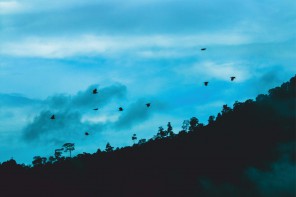October to March is the main tourist season in the Western Ghats. I am referring to the birds – the special tourists who come on their own wings. Bird Migration is a phenomenon admired by people throughout history. There are many references in our ancient literature like that of Kalidasa about the seasonal movement of birds. Bird Migration is the regular seasonal movement, often between North and South by numerous species of birds in our country. While some of them migrate from the Himalaya’s to South India, many of them come from as far as Siberia.
These movements are generally due to the changes in habitat, weather, and food availability. There are some irregular movements as well, termed as nomadism or local migration. Most of our Western Ghats area will have nearly 15 -20 percent of these tourists during the migratory period. Some of them travel and live in flocks, while many travel together and disperse to different locations on reaching. They spend their entire winter in solace, eating and preparing for their life back at home, only to return back the next winter. Let us have a close look at the nature of these few winged tourists to the Anamalai’s.
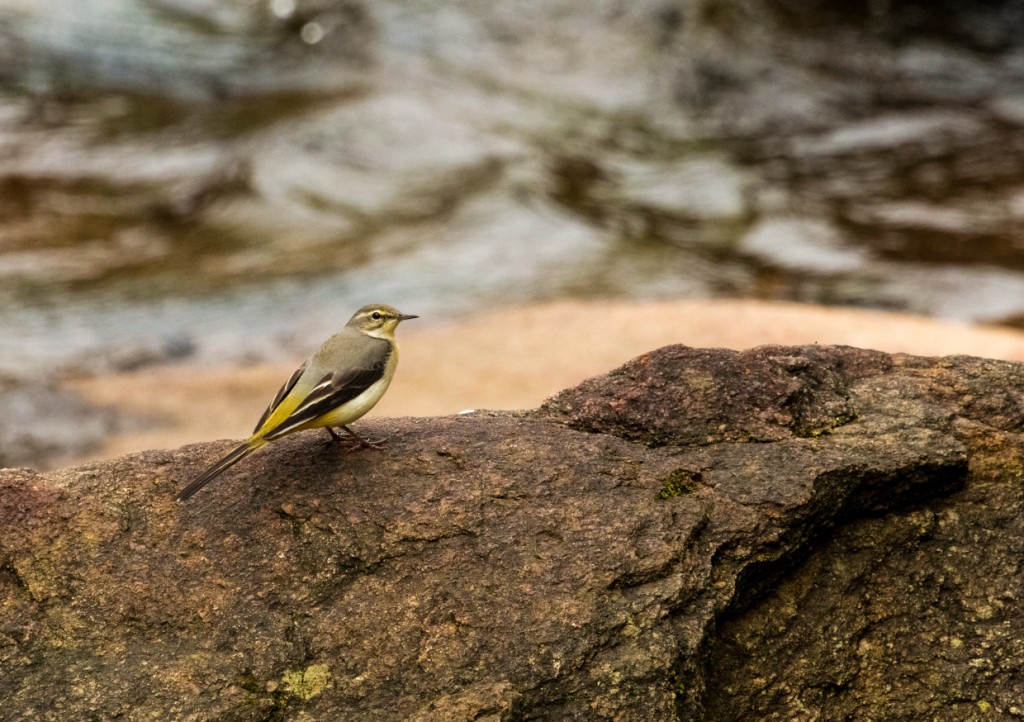
The Grey wagtail is one such species that looks somewhat similar to the yellow wagtail but has the yellow on its underside restricted to the throat and vent. One of the common winter migrants to South India, it reaches Anamalais around Aug – September and leaves by March –April. With several populations breeding in Europe and Asia, some travel about 200 kilometres to its wintering ground here in ATR with some exhibiting a phenomenon called “site fidelity” – the ‘epic willfulness’ that baffles scientists and amateur birdwatchers alike. Site fidelity is the bird’s habit of coming to the same site year after year.
The bird is mostly associated with running water during breeding, and at times also uses man-made structures near streams for the nest. Like other wagtails, they frequently wag their tail and fly low with undulations and they have a sharp call that is often given in flight. While they breed in eastern Europe and central Asia they winter in Africa and Asia with some of them visiting the Western Ghats and the Anamalais that form part of it.
Osprey or fish hawk is a frequent winter visitor to our lands, all along the coastal areas and in larger water bodies including dams and lakes. This beautiful black and white hawk is an exclusive fish eater.
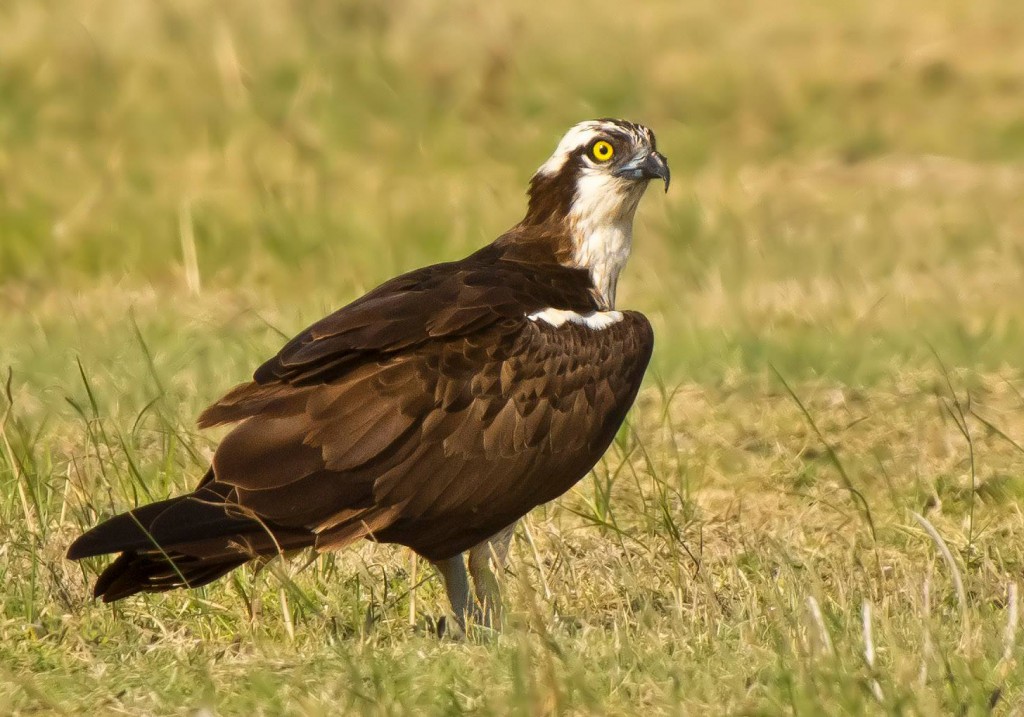
Their characteristics are specialised for catching fish and due to many of these differences they are not classified along with eagles, instead separated as one distinct family and a unique genus Pandion. Though it is not common in Pollachi and surrounding hills, it is observed occasionally near dams and water bodies during winter.
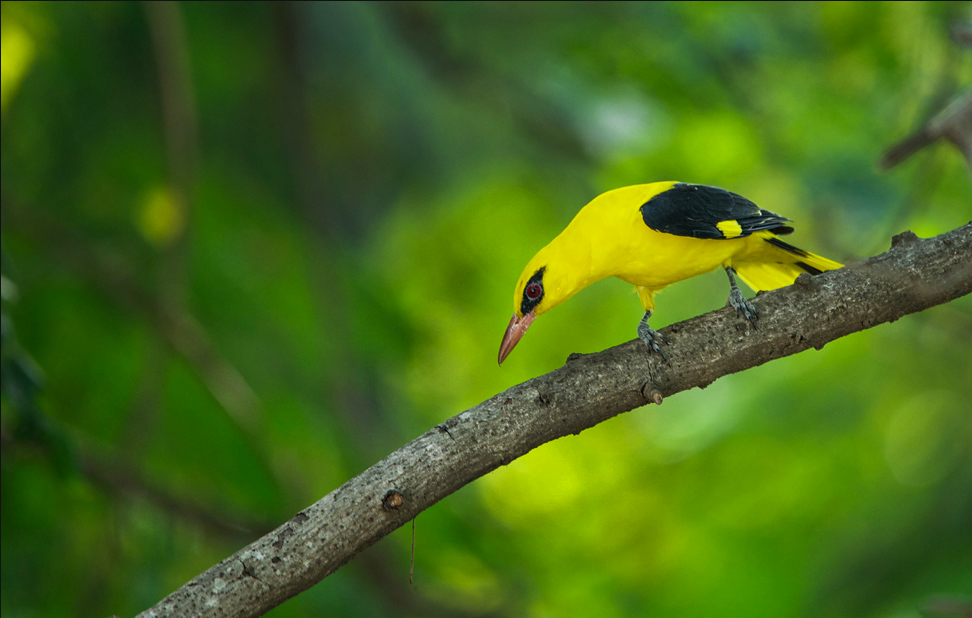
Orioles are a wonderful sight for anyone. The bright golden yellow bird flying around is a treat to watch, for any birder. Of these Eurasian Golden Oriole is one of the most common winter visitor and is distinct from its resident cousin – the Black hooded Oriole, which has jet black head, throat and upper breast.
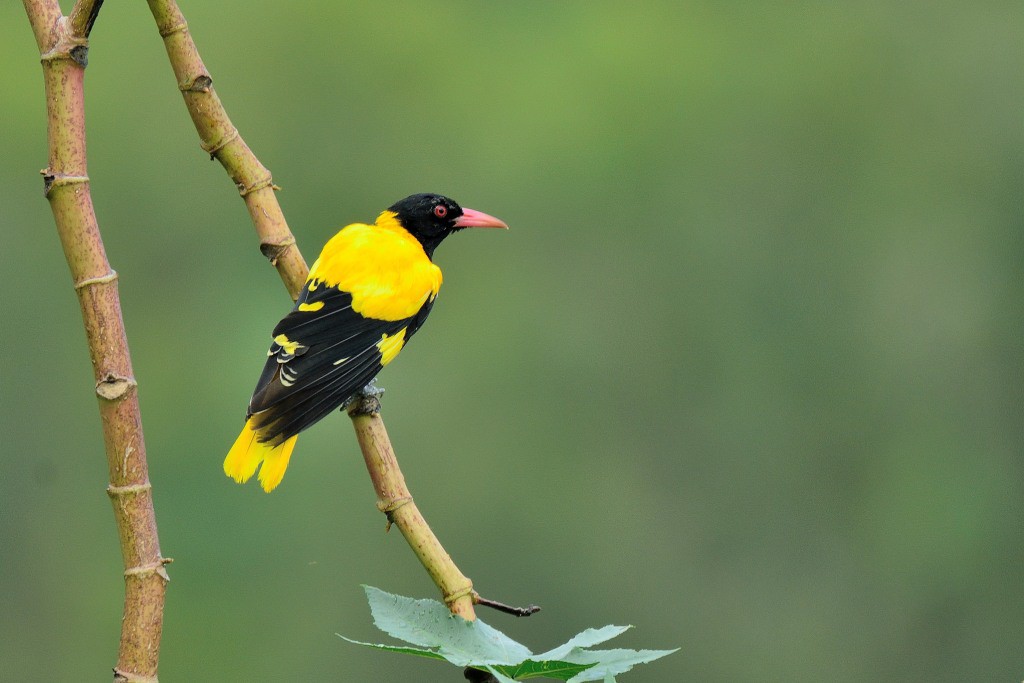
The golden oriole on the other hand has only a small black eye patch in the golden yellow head and body. Mostly a bird of well wooded areas such as evergreen and moist deciduous forests, they are primarily insect eaters and breed in the Himalayas.
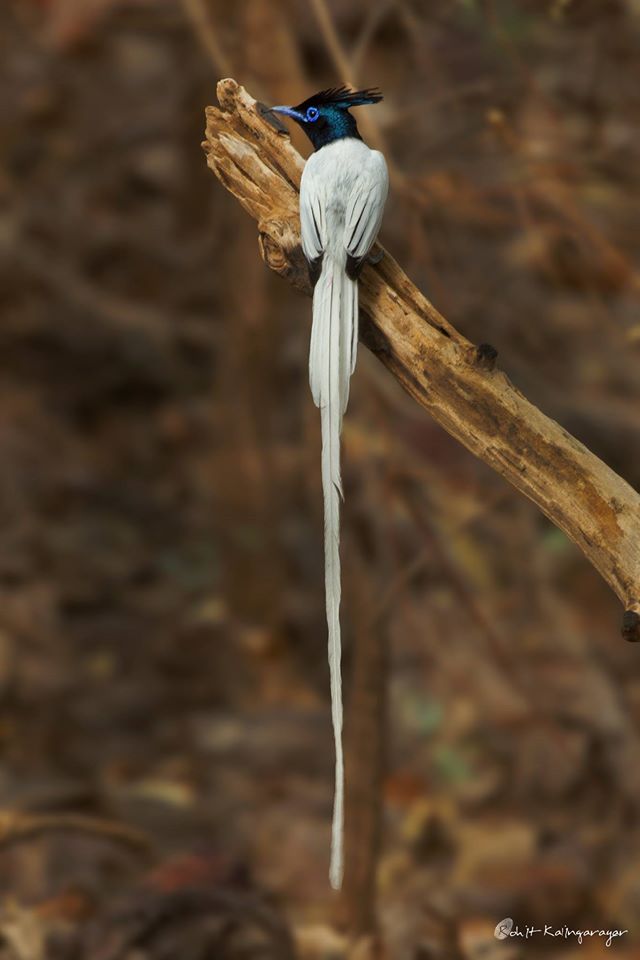
Indian Paradise Flycatcher is a wonder bird for most, due to its long ribbon like tail streamers. The bright white colour of its body with the black crested head and blue eye ring with a blue grey bill is one of the most enticing sights to witness, while birding in winter. The wonder gets more alluring as we see the sub adult with rufous colour replacing the white. When the researchers explain that some of these rufous forms are actually another form of adult and not sub adults at least in some parts of India, we may have to take it as a surprise ongoing experimentation by Nature. One of its sub species is a resident here and the other one is migratory. Hence as a species it is partially migratory.
One more Flycatcher for a contrast is a drab coloured one – grey brown flycatcher with short tail, large head and huge eyes with prominent ring around the eyes-the Asian brown flycatcher.
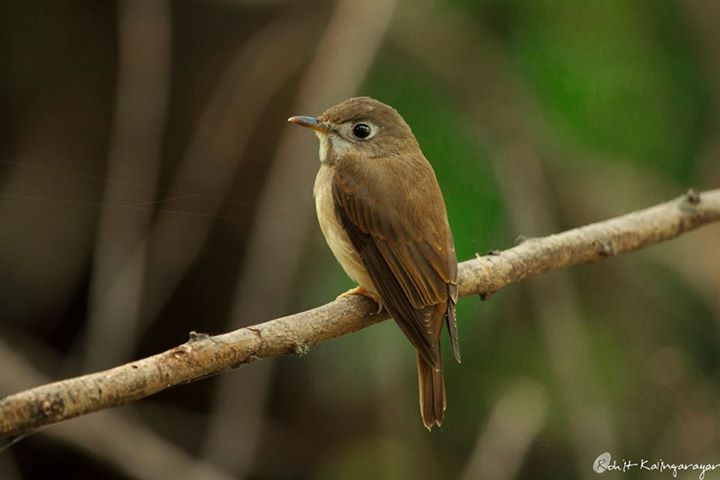
The drabness is only in colour as they are very active and widespread in the Western Ghats forests. The cuteness of this bird makes any birder fall in love at first sight. The bird mostly breeds in the Himalayas though there are some rare records of breeding in the Western Ghats.
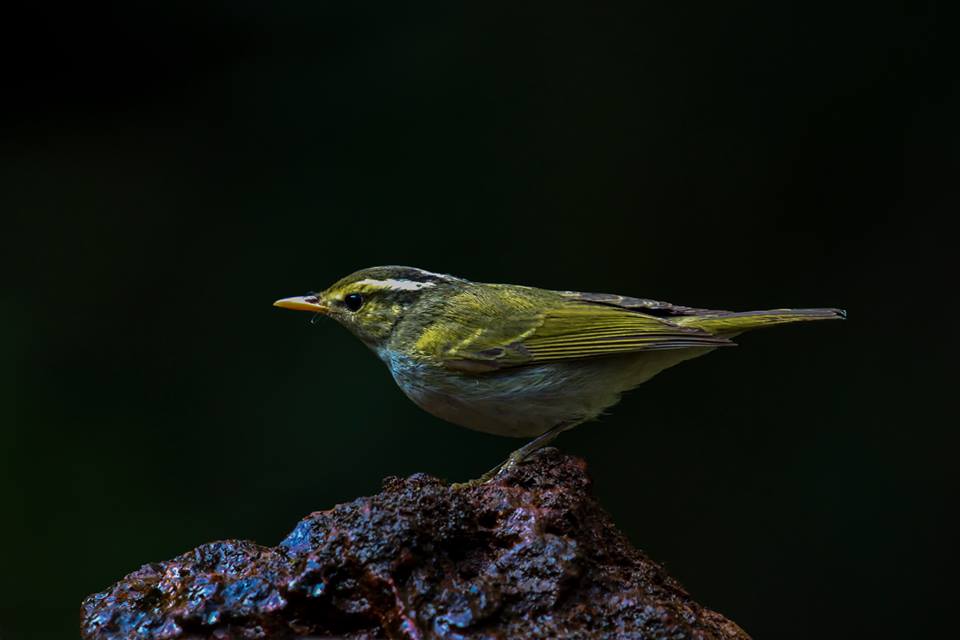
Greenish leaf Warbler, the pest controller – One of the common Palearctic winter migrants to the Indian sub-continent, this bird plays a very important role in the ecosystem as a insect controlling agent. Studies conducted in Kalakad-Mundanthurai Tiger Reserve, revealed that the bird feeds on around 2000 insects a day.
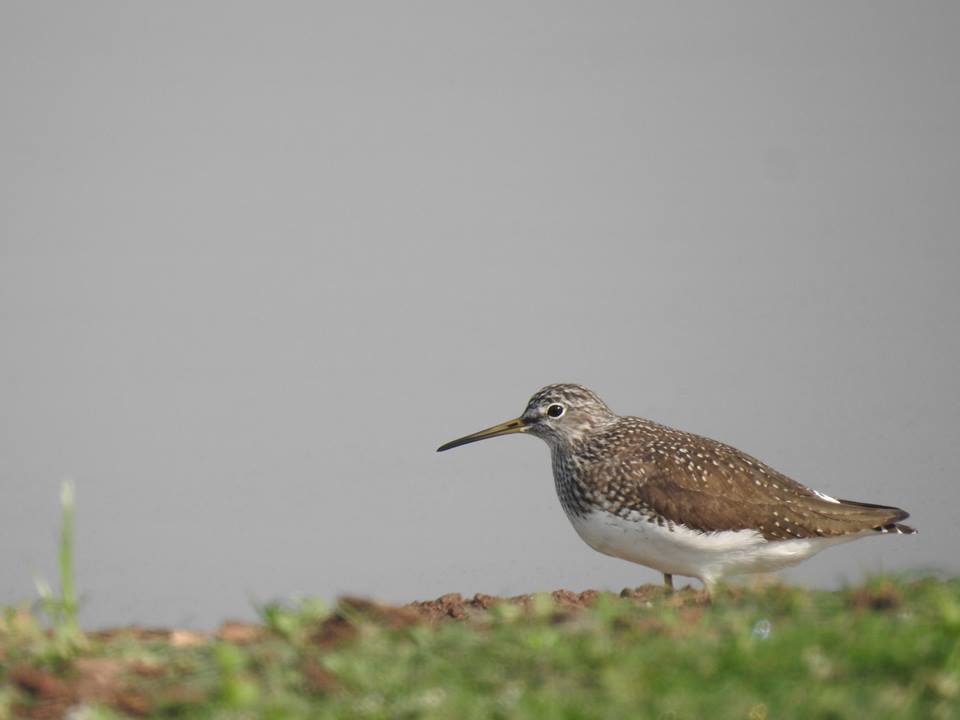
Sandpipers are migrating waders frequently seen along coastal areas and other water bodies throughout India. They will run for their prey in the banks and shore all along. Among them Green Sandpipers are known for their liking towards fresh water ecosystems. During winter months, one can see them wading around very commonly near the shore of ponds, lakes or a river or in paddy fields and marshes. Strikingly bright white rump visible during flight is yet another characteristic to this bird.
Other birds to look out for this winter:
